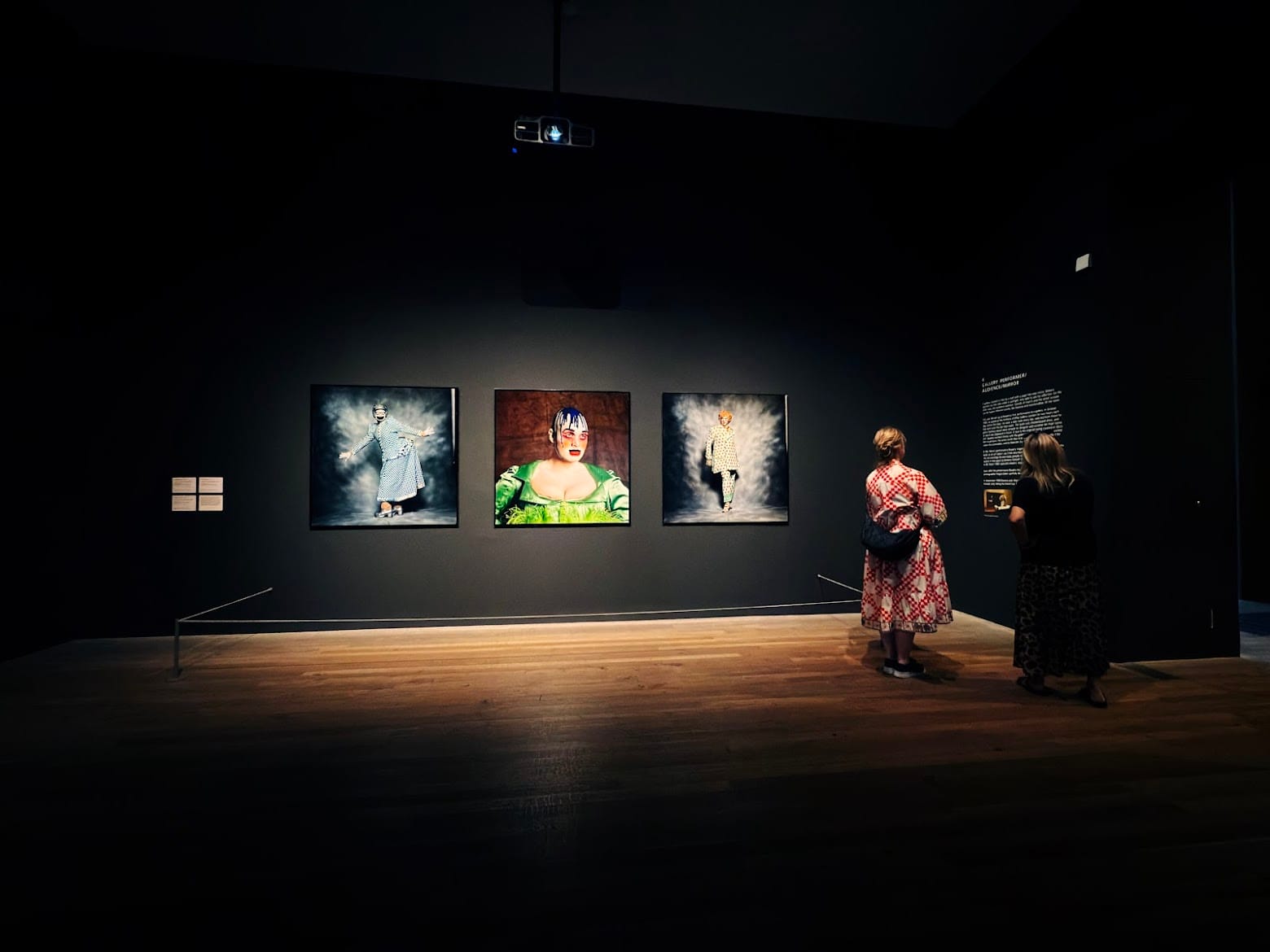Walking into the exhibition, I was struck first by the darkness of the space – not somber, but theatrical, like a stage awaiting a show that never truly ends. Three large photographic portraits greeted me in one gallery: fierce, defiant, and utterly unforgettable. They weren't just images – they were confrontations. The vibrancy of the colours, the constructed personas, and Bowery's own commanding presence made it clear: this was not a retrospective, but a celebration of art as total transformation.
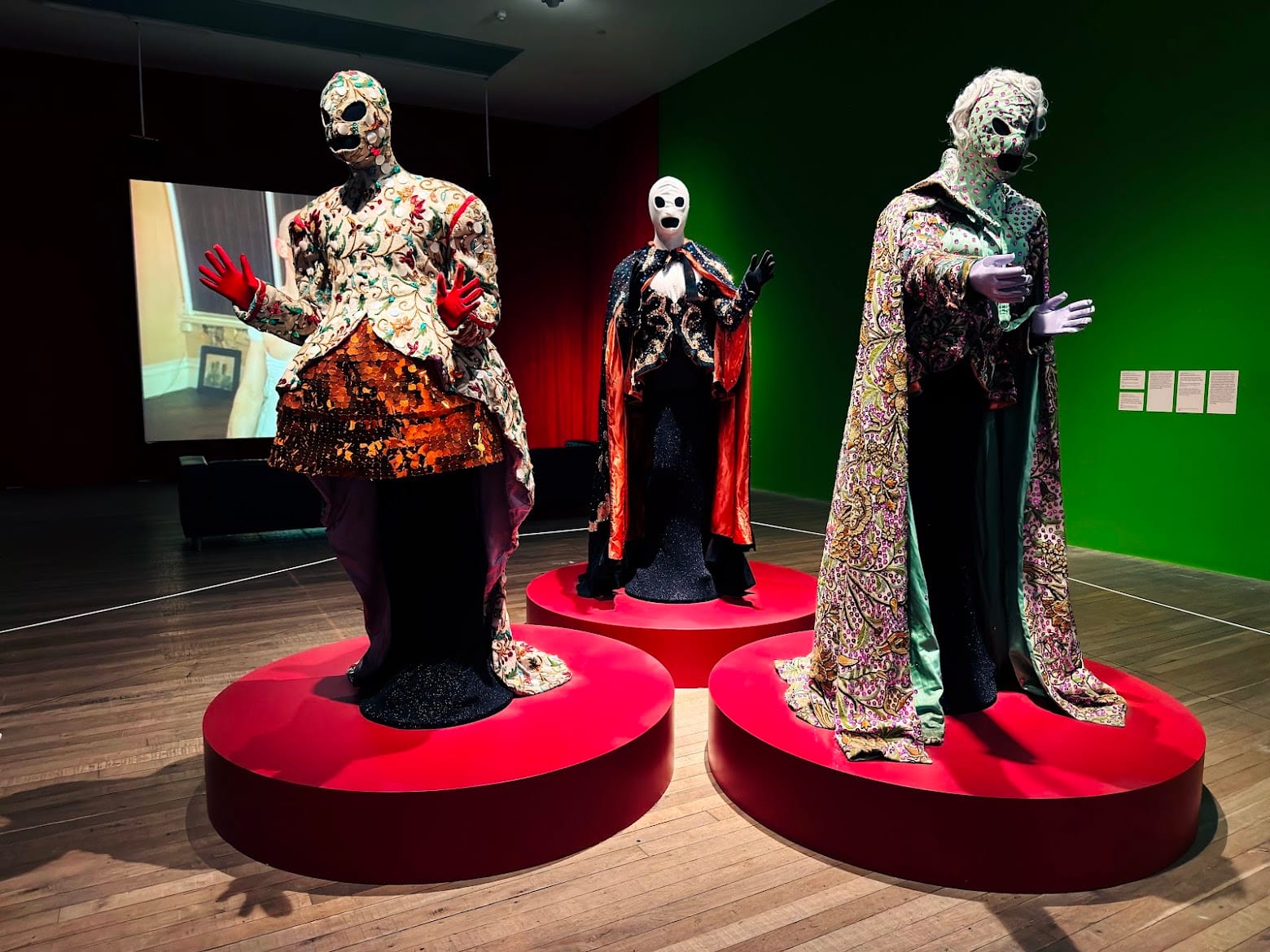
In the next room, things escalated. Three towering mannequins stood on red plinths, wearing Bowery’s outrageous costumes. Surreal, gender-defying, and designed for maximum disruption, these garments weren't just for show – they were performances in fabric. There’s something both grotesque and glamorous about them, a reminder that Bowery was never interested in comfort or conformity.
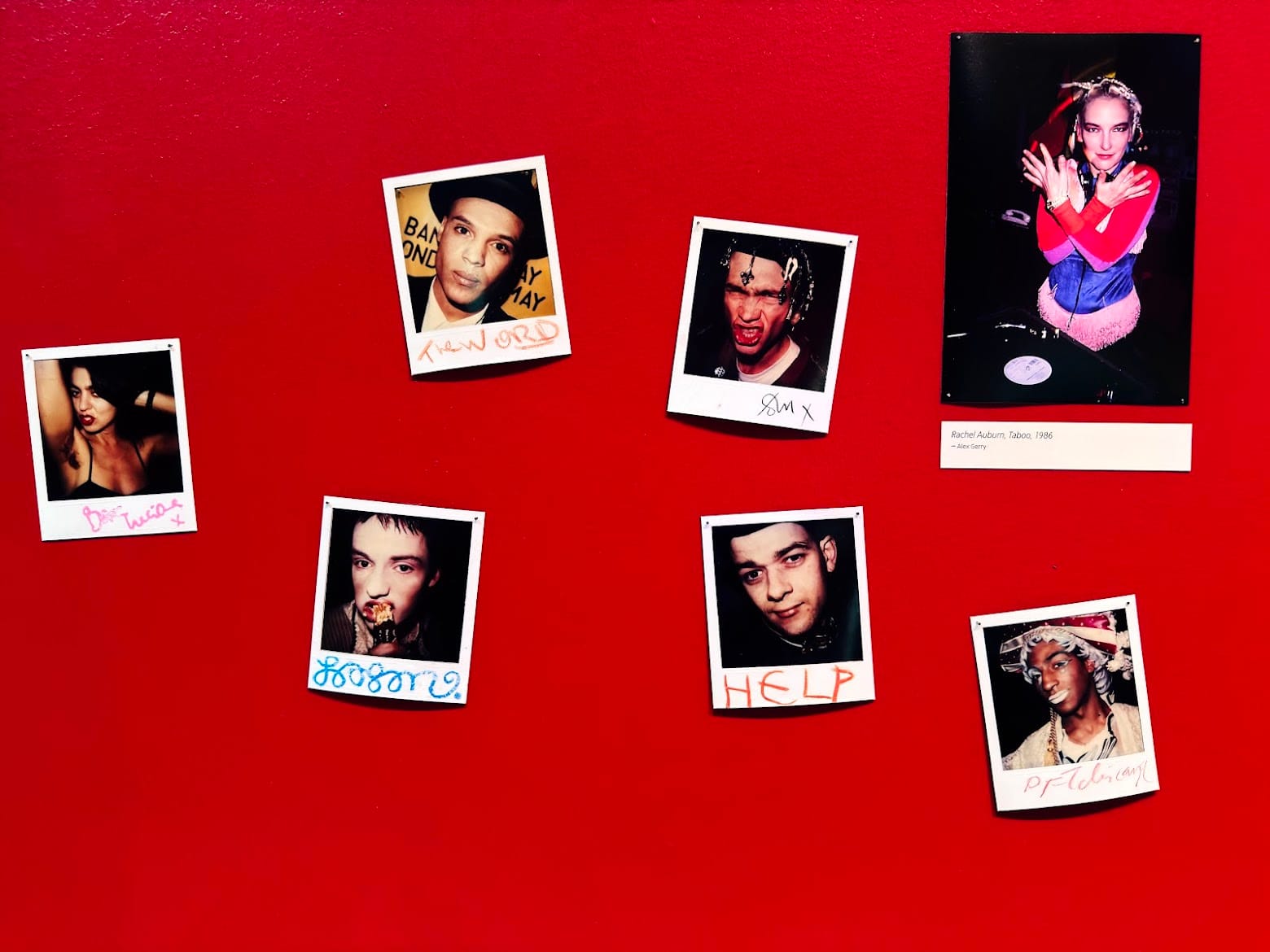
A final wall of Polaroids and club snapshots brought me back to 1980s Soho, where Bowery reigned over the club scene with a mix of anarchy, drag, and performance art. Among the wall of faces, I spotted Rachel Auburn, Taboo, 1986 – frozen mid-DJ set, radiating the electric energy of that era.
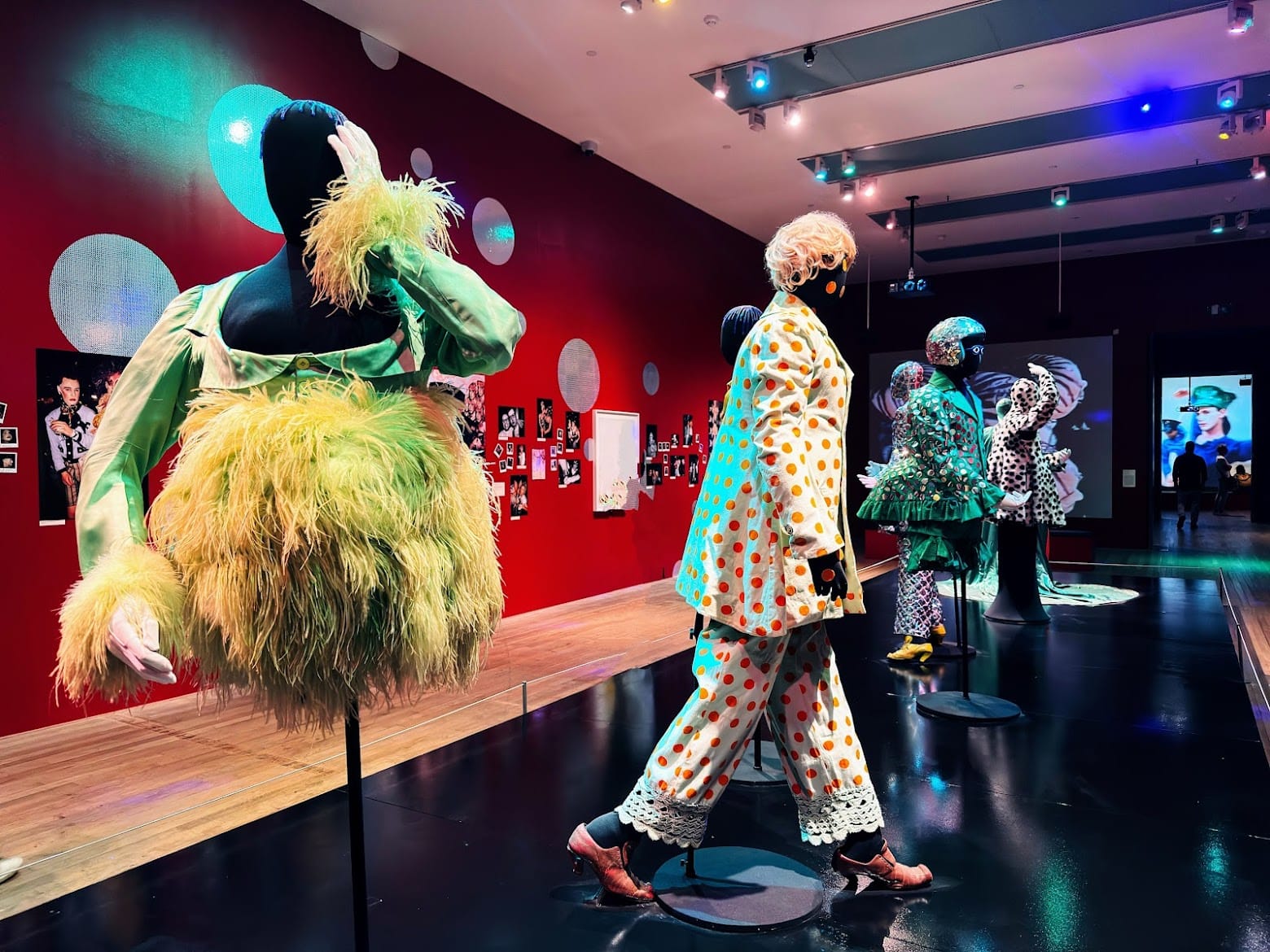
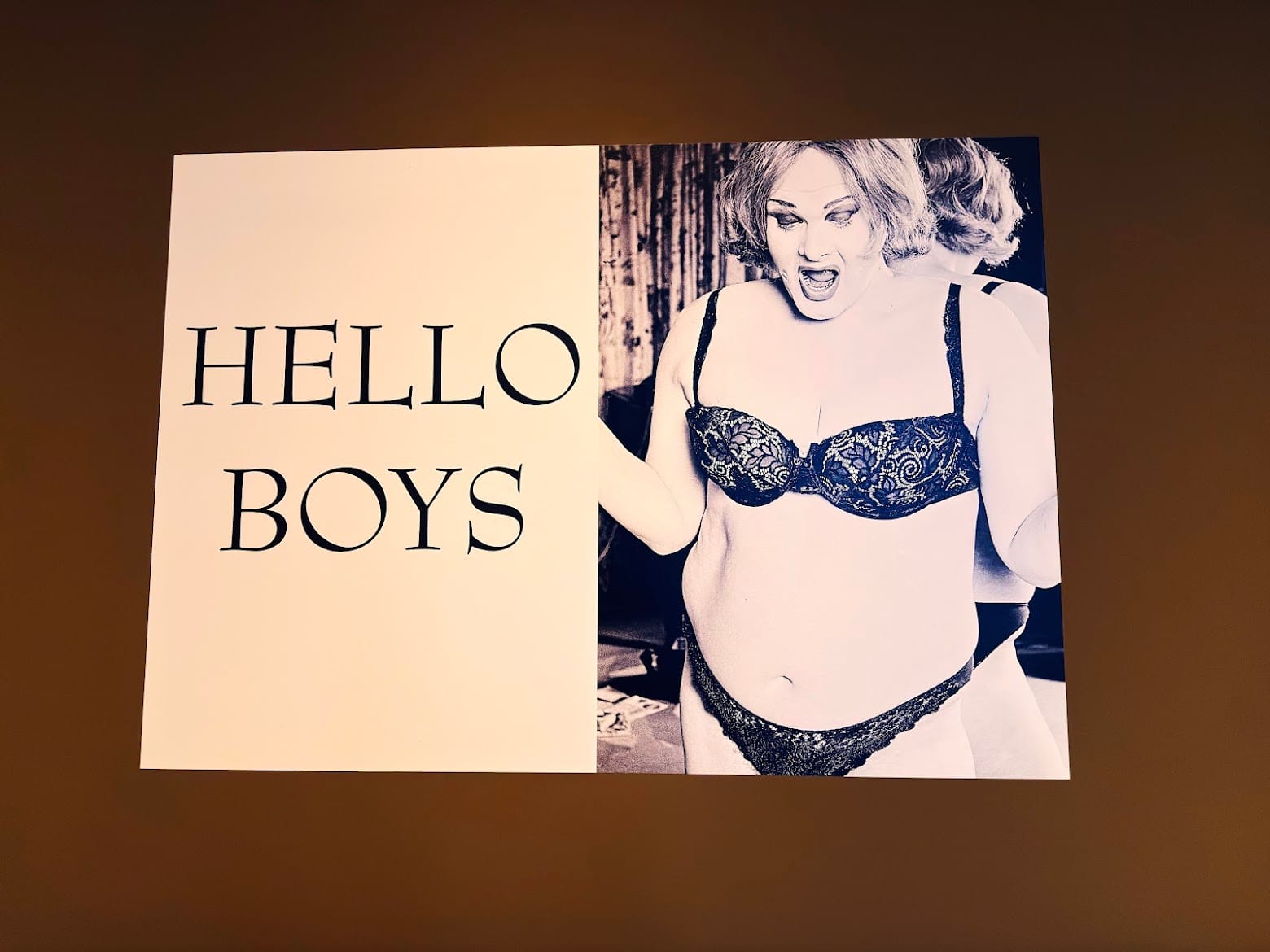
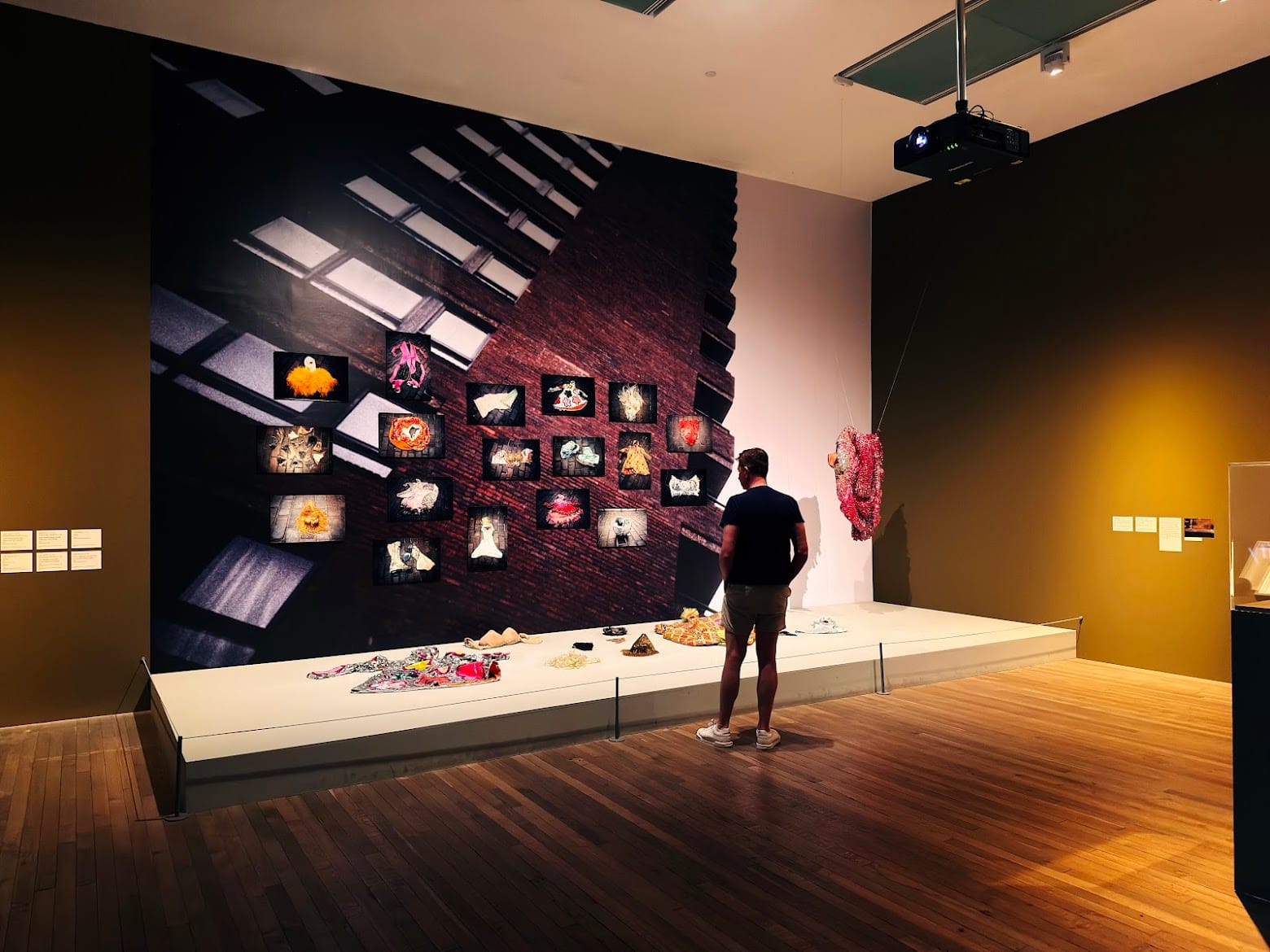
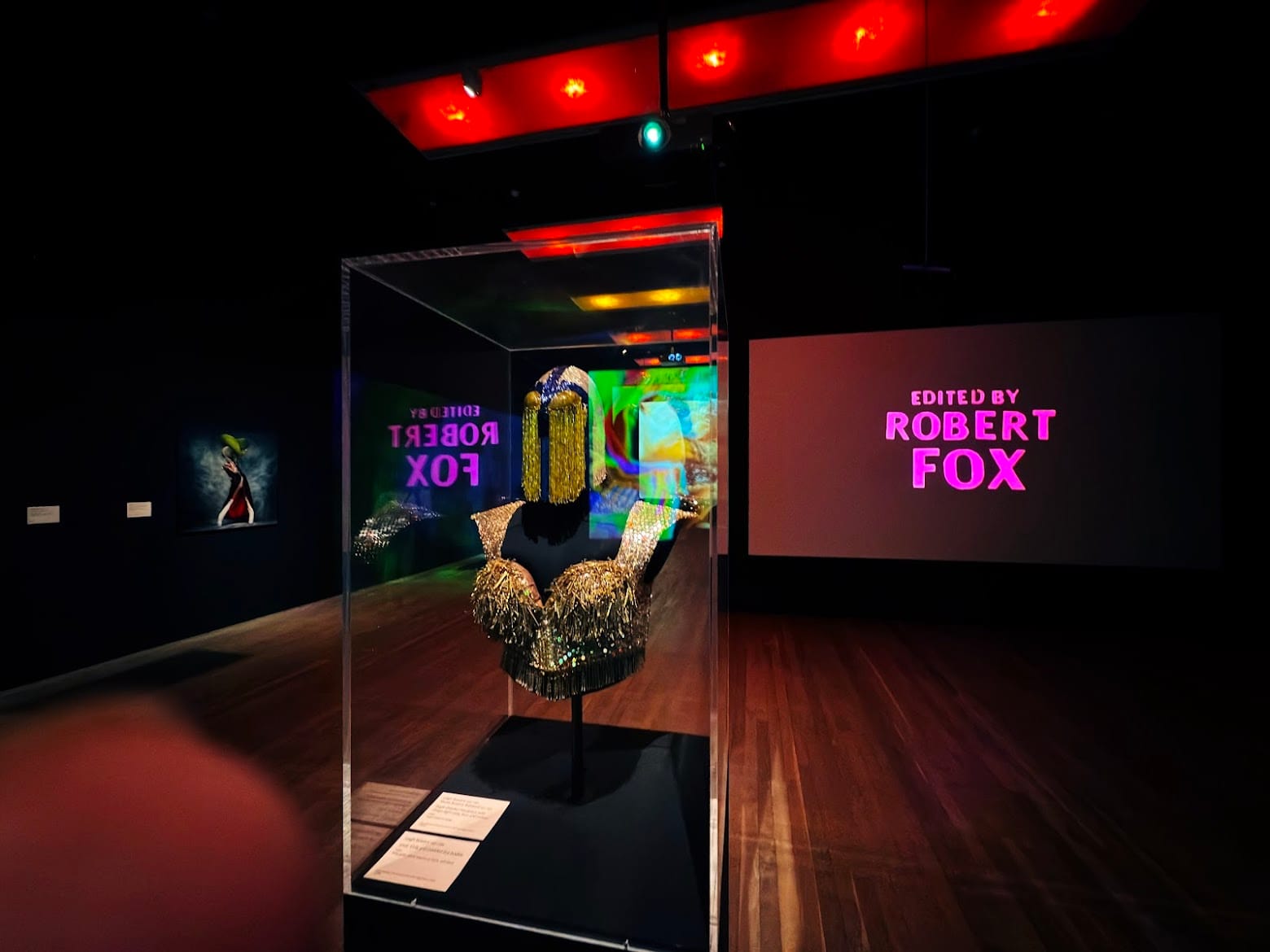
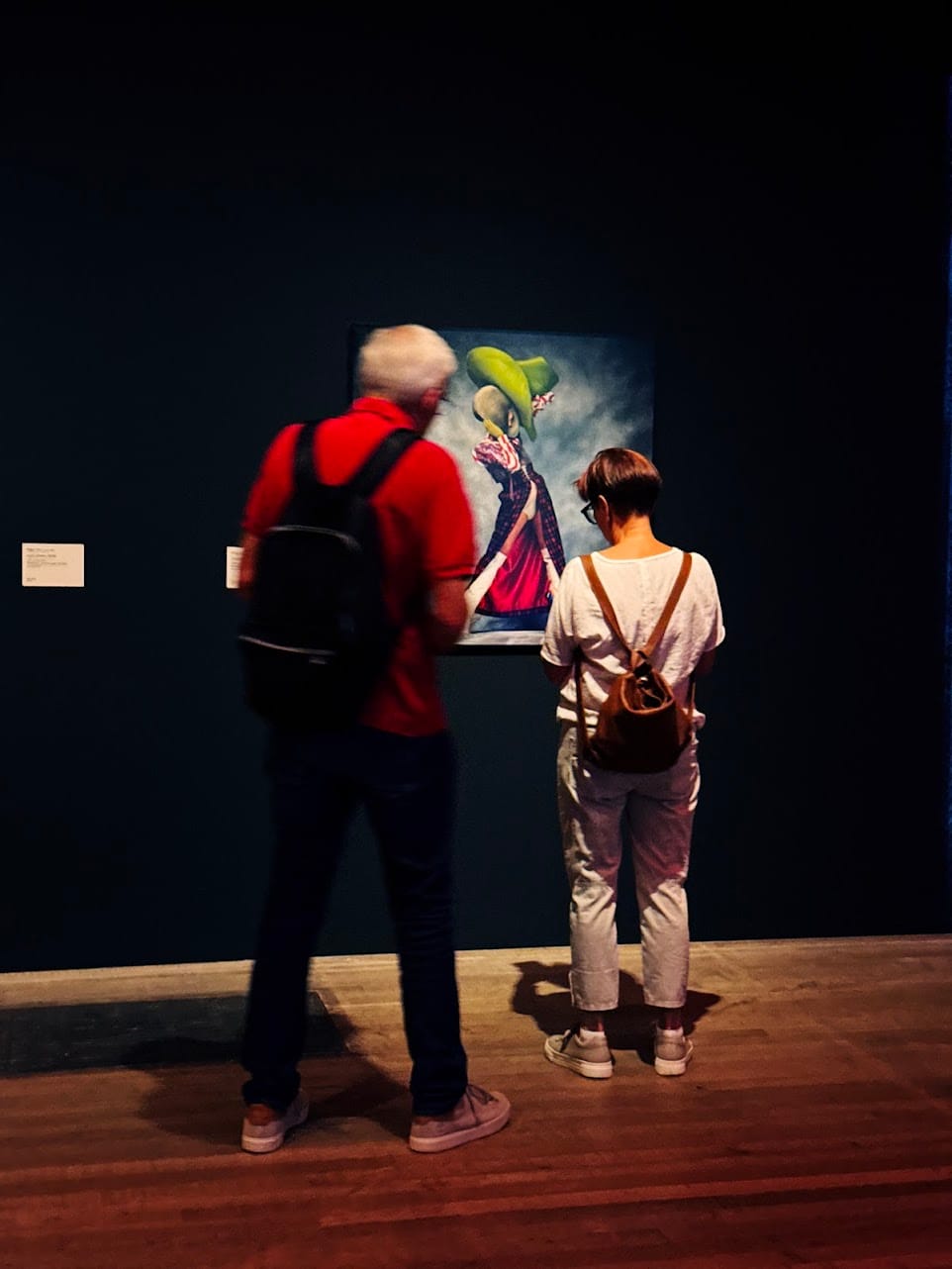
Most of my images of the show are NSFW
Bowery remains a difficult figure to pin down – designer, muse, dancer, art object. But that's precisely the point. His work obliterated the boundaries between life and art, challenging the way bodies are seen, adorned, and performed. In today’s climate of redefinition and reclamation, this show feels incredibly timely.
Final thoughts:
If you’re in London and even slightly curious about the intersection of performance, identity, and fashion as rebellion, go. It’s not a quiet exhibition, but it’s a necessary one – full of noise, beauty, pain, and power.

